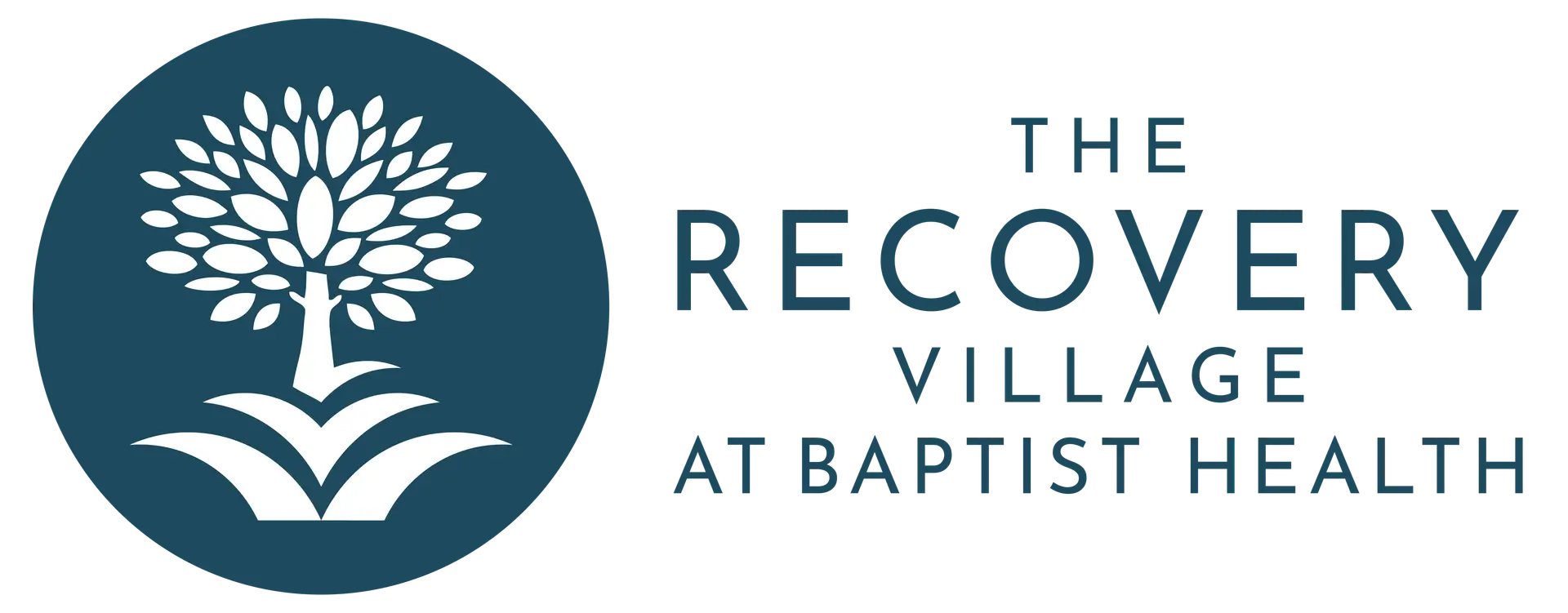If an opioid overdose is suspected, naloxone can be administered to save someone’s life. Learn how naloxone reverses opioid overdoses.
Naloxone is an opioid reversal drug that can save someone from dying of an opioid overdose. Naloxone was first approved by the United States Food and Drug Administration (FDA) in 1971 for its safety and efficacy at reversing opioid overdose. Naloxone’s brand name is Narcan.
Naloxone may be familiar to some individuals because the drug buprenorphine is often combined with naloxone. This combination of drugs is better known by their brand names, Suboxone or Zubsolv, both of which can be used to treat opioid dependence.
What Is Naloxone?
Naloxone is a fast-acting opioid overdose reversal drug. Naloxone may be considered as an opioid overdose antidote. Depending on how naloxone is administered, an individual may require medical training. Naloxone is known by different brand names and can be administered either intranasally (nasal spray), intramuscularly (injected into a muscle), intravenously (injected into the bloodstream) or subcutaneously (injected under the skin).
Treatment Can Be Life Changing. Reach out today.

Naloxone Brand Names
Naloxone has several brand names that are currently FDA-approved. The two currently available opioid reversal naloxone brands include:
- Evzio: a naloxone hydrochloride injection. Evzio comes with a naloxone auto-injector and requires little to no medical training for administration.
- Narcan nasal spray: a naloxone hydrochloride nasal spray for opioid overdose and requires no previous medical training to administer
Naloxone Administration
Naloxone hydrochloride administration depends on the overdose situation, or what medical supplies are available. The naloxone administration protocol will slightly differ based on naloxone’s route of administration. Naloxone administration routes include:
- Intramuscular Injection. Intramuscular injections of naloxone are typically given using a pre-packaged one-time use naloxone injection kit (e.g., an auto-injector format like Evzio). By using a syringe or an auto-injector with naloxone hydrochloride, a person with medical training on intramuscular injections can administer this drug directly into the upper thigh.
- Intranasal Spray. Naloxone nasal spray can be administered intranasally (into the nasal cavity) by using a Luer-lock nasal atomizer. A person administering nasal naloxone does not require medical training.
- Subcutaneous Injection. If necessary, naloxone can be injected under the skin (subcutaneously) using a syringe. A person administering naloxone in this form will require medical training or need to be familiar with some form of naloxone injection instructions.
- Intravenous Injection. Naloxone injections can also occur by intravenous administration into the bloodstream. This type of administration route requires medical training.
How Naloxone Reverses Opiate Overdose
Many people wonder how naloxone reverses an opioid overdose. Opioids have receptors in the brain, the nervous system, and digestive system. Opioids bind to those receptors to initiate a response. Naloxone blocks opioid binding sites, reversing the detrimental effects of an overdose. It is important to note that naloxone will only work to reverse opioid drugs. It will not work for alcohol, cocaine or amphetamines. If an overdose is caused by opioids mixed with other substances, naloxone will only work to reverse the effects of the opioids.
Naloxone Can Reverse the Effects of Opiates
There are many types of opioids whose effects can be reversed by naloxone. Naloxone is effective for all opioid overdoses, regardless of the opioid. Opioid overdose reversal with naloxone is commonly associated with heroin, fentanyl and oxycodone use. Examples of opioids that naloxone can reverse the effects of include:
Is Naloxone Available Over the Counter?
Now FDA-approved, naloxone is available over-the-counter. Recently, the FDA made strides toward allowing naloxone to be purchased in full (or covered by insurance) at many of the major pharmacies throughout the United States. Pharmacies typically provide either the auto-injectable or nasal spray form of naloxone because both forms do not require formal medical training.
What to Do If You Suspect an Overdose
Because of the risk of an opiate overdose, naloxone is a crucial drug to have if a loved one is addicted to opioids. Having a plan can save a person’s life if they overdose. There are a few different steps to follow when naloxone is administered. Emergency naloxone overdose treatment plans may follow this process:
- Calling 911
- Confirming an opioid overdose
- Administering naloxone At this point, people should follow the instructions on either a naloxone rescue kit or naloxone nasal spray to administer the drug properly
- Administering rescue breathing (CPR) if necessary
It is important to emphasize that naloxone is not a cure for opioid addiction. Unless combined with other drugs like buprenorphine, naloxone is not meant to be used long-term. Naloxone treatment is a short-term treatment designed to save someone’s life. Individuals that have overdosed from opioids should seek further treatment for addiction.
Who Should Take Naloxone?
Who can administer naloxone? If the route of naloxone administration does not require medical training, anyone can safely administer this drug. Naloxone can help individuals at risk for or actively overdosing from heroin and other opioids. Naloxone treatment for opioid overdose reversal will likely benefit individuals who are:
- Chronic opiate users
- Rotating their opiate medication regimens
- Struggling from a recent opioid overdose
- Prescribed extended-release opiates
- Currently in a treatment program for addiction
Who Should Avoid Naloxone?
Using naloxone is only associated with rare and short-term side effects. The only individuals who should avoid naloxone are those with allergies or severe sensitivities to the ingredients in naloxone medications. It should be noted that if an overdose is suspected or not confirmed, or if an individual is overdosing from another non-opioid drug, naloxone will not be harmful if accidentally administered.
Naloxone Side Effects
Because of how fast it works, some people may have concerns about using naloxone. So understanding what the side effects associated with naloxone use are and if there are any harmful effects of naloxone use can help people prepare for the drug’s use. If an individual is allergic to naloxone or its ingredients, they may experience hives and swelling though these complications are rare. Other potential side effects include:
- Nervousness
- Restlessness
- Irritability
- Aching body
- Dizziness
- General weakness or fatigue
- Stomach issues like diarrhea or nausea
- Fever
- Chills
- Sneezing/runny nose not associated with a virus (common cold)
Can Naloxone Cause Seizures?
Does naloxone cause seizures? Seizures have been reported as a rare side effect of naloxone treatment. However, it is possible that the original opioid that caused the overdose, other pre-existing conditions or a lack of oxygen (hypoxia) can also cause seizures.
Can You Overdose on Naloxone?
It is unlikely that an individual can overdose on naloxone. However, the larger the quantity of opioids taken, the more naloxone is needed to counteract those opioids. An individual may feel additional uncomfortable side effects if more than one naloxone dose is used.
Risk of Opioid Overdose
While naloxone can save a person from a fatal opioid overdose, naloxone is associated with rare but severe adverse effects. Some of these include:
- Confusion
- Seizures (rare)
- Becoming aggressive
- Tremors (shaking)
- Rapid heartbeat
- Irregular heartbeat
- Pulmonary edema




